 A social media calendar is the best way to plan content, share ideas within your team, and create a consistent posting schedule. This in turn can strengthen your church’s online presence, boosting participation and expanding your reach to the world. A well-planned content calendar also streamlines the posting process, so you can reach your goals while using the time you save to focus on other aspects within your ministry.
A social media calendar is the best way to plan content, share ideas within your team, and create a consistent posting schedule. This in turn can strengthen your church’s online presence, boosting participation and expanding your reach to the world. A well-planned content calendar also streamlines the posting process, so you can reach your goals while using the time you save to focus on other aspects within your ministry.
In this blog post, you will learn:
-
- What a social media calendar is and what it isn’t
- How to create a social media calendar
- Content ideas that work for your church
- What to do once you’ve created a calendar
- Additional best practices to hone your planning strategy
What is a Social Media Calendar?
A social media calendar is simply a layout of post ideas that your church aims to publish on each of your social media accounts. You can organize content days, weeks or even months in advance, and you can plan content around holidays and special occasions, such as an annual conference or church anniversary. A social media calendar is not used to store captions, photos, or videos, just a general blurb about what each post is about.
A social media calendar is simply a layout of post ideas that your church aims to publish on each of your social media accounts. You can organize content days, weeks or even months in advance, and you can plan content around holidays and special occasions, such as an annual conference or church anniversary. A social media calendar is not used to store captions, photos, or videos, just a general blurb about what each post is about.
How Do I Create a Social Media Calendar?
There are different ways for you to plan and organize your content in a calendar, but the easiest way to start is to map out your ideas in a spreadsheet.
See the Google Sheets example below:

Shared spreadsheets are ideal for collaboration, so everyone can provide topic ideas and stay on the same page. In an interactive spreadsheet, like in Google Sheets, everyone can add notes and comments and see updates made in real-time. While a social media calendar is more to organize ideas and is not meant to house specific details, you can still provide some additional information for future reference in a column reserved for notes and comments.
What Types of Content Should I Include?
One of the major roadblocks for establishing a social media strategy is deciding what to post. Start by establishing your church’s long-term goals and then determine what types of content will help you achieve them.
In general, if you make a habit to regularly document your church’s daily and weekly activity, you will never run out of content ideas. Make sure people from all ministries are involved, so you’re sharing varied content from each part of the church experience.
You can start by:
- Inviting people to upcoming events
- Discussing what your church is doing for congregants and the community
- Sharing powerful takeaways, themes, and quotes from sermons
Remember that your audience wants to see the actual people involved at your church, so don’t be afraid to share what makes you unique and what it’s like to be a part of your church family. You can also keep your content fresh, relevant, and engaging by sharing prayers related to current events or taking part in popular social media trends and challenges.
I’ve Created My Content Calendar. Now What Do I Do?
You can also use third party social media management programs to manage multiple platforms. Those can be valuable if your church has several social media platforms, and you want to schedule the same content to multiple platforms at once. However, note that most of these programs require a paid subscription, while scheduling or manually posting through each social media platform is free.
Things to Keep in Mind as You Go
- Do not feel compelled to post content just for the sake of posting. Choosing quality over quantity is always the best strategy.
- Content should be relevant and fresh, with the intention of socializing and sharing with your audience. Repetitive content or posting the same content on every platform will cause you to lose engagement.
- Make sure you’re only making content for the specific types of people you are trying to reach. Always make sure your content has a relevant purpose by asking, “Why would someone want to see this post from us on this specific platform?”
- Your church does not need to be on every platform. Take the time to learn about why people use each one and determine if your church’s content would do well on each. Focusing on 1 or 2 platforms and optimizing content for just those will yield much better results than juggling every platform at once.
- Keep track of what posts get the most likes, comments, and shares. That’s a signal that this content resonates with your audience the most. Use this information to create more successful content moving forward.
If the process still seems a bit overwhelming, or if your church simply doesn’t have the resources to establish a strong content strategy, consider working with The Church Online. We have a team of social media experts who can do everything from creating content to tracking metrics and driving engagement. We’d love to help you share the true heart of your church and its message. Call 1-866-794-9797 or Request a Consultation.

